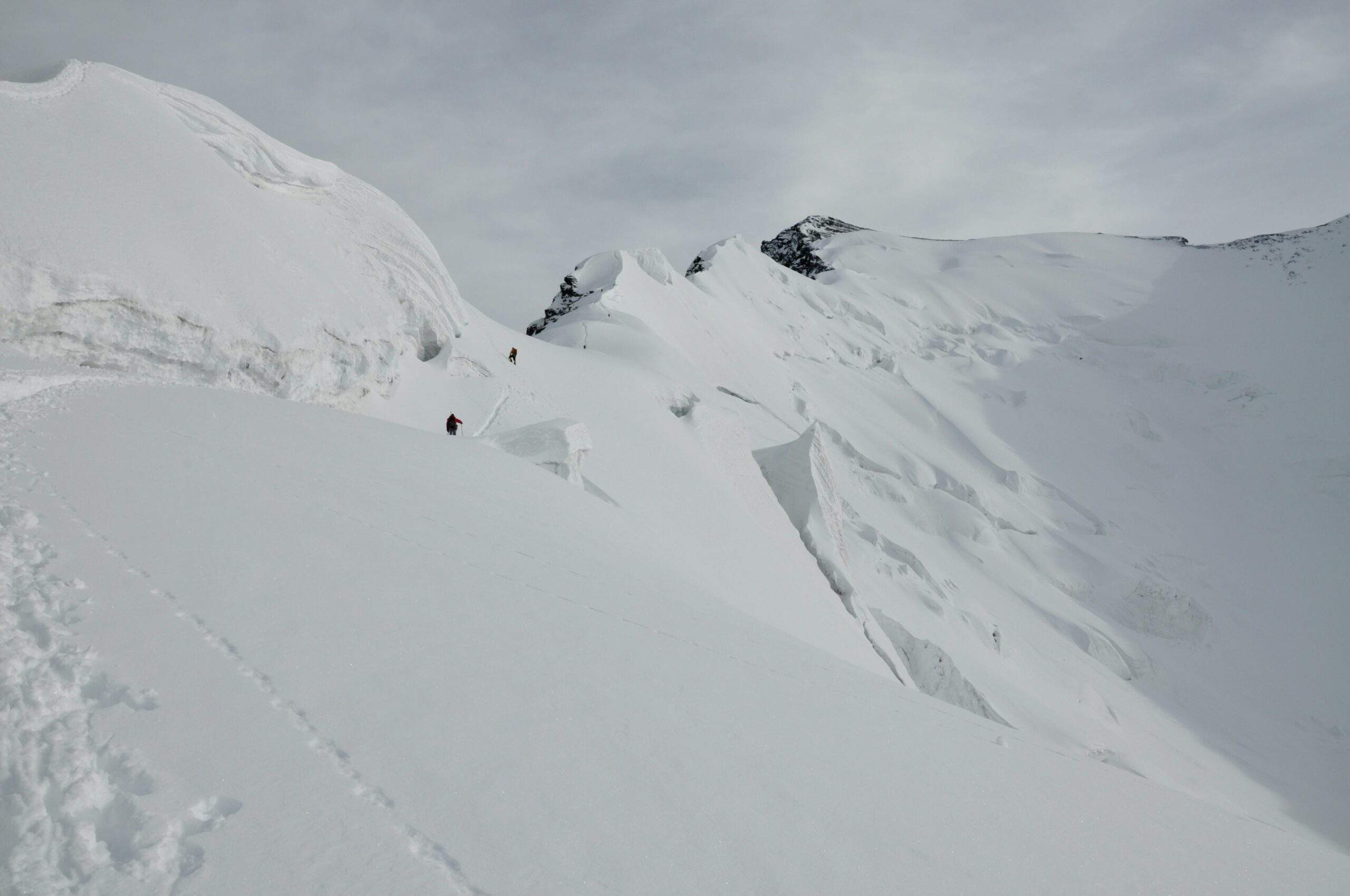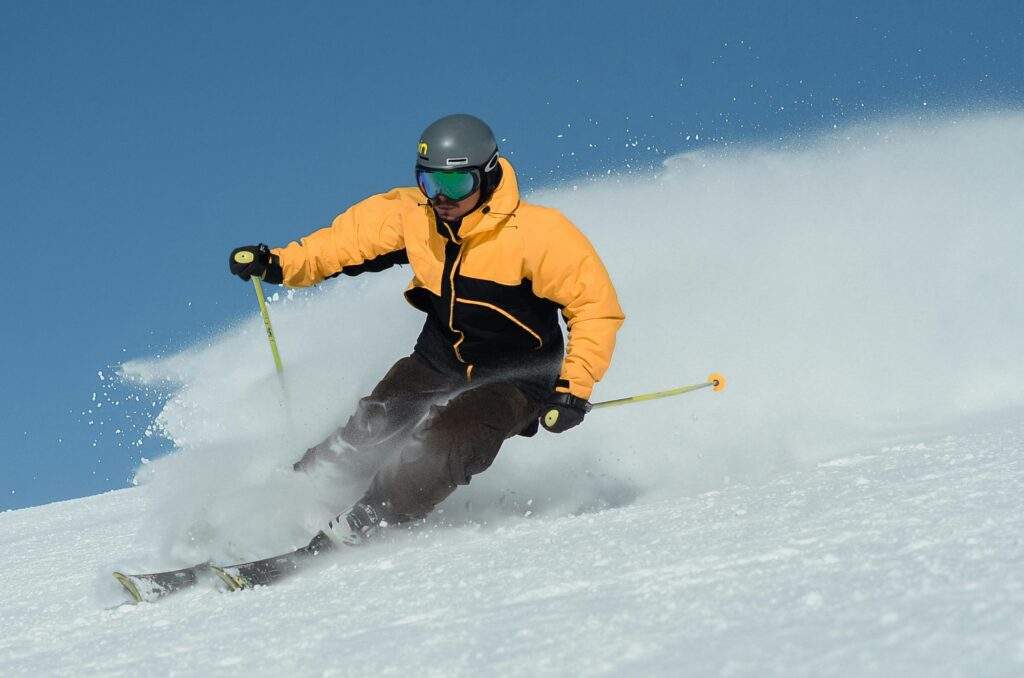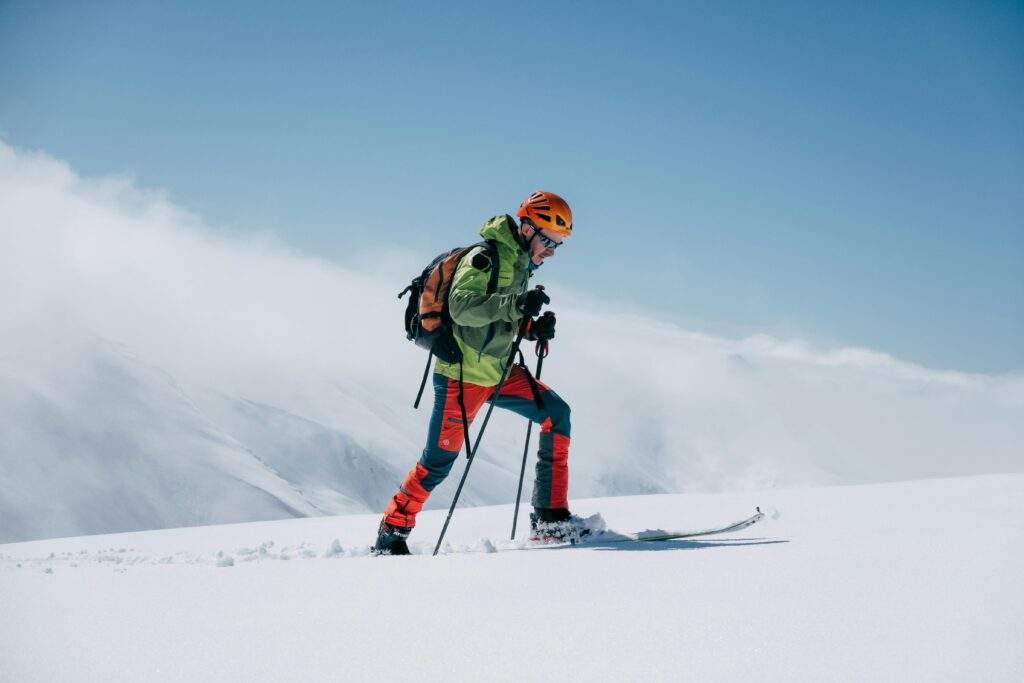Ever found yourself on a snowshoeing tour, blissfully trekking through knee-deep powder—only to suddenly realize you’re one wrong step away from disaster? Yeah, we’ve been there too. That’s why, if you’re planning a snowy adventure this winter, avalanche safety training isn’t optional—it’s essential.
In this post, we’ll uncover the crucial role avalanche safety plays in making your snowshoeing tours thrilling yet secure. We’ll tackle its importance, guide you through actionable steps to get certified, and share pro tips for staying safe out there. Think of this as your ultimate survival manual for snow-packed fun. Ready to dive in?
Table of Contents
- Key Takeaways
- Why Avalanche Safety Training Matters
- Step-by-Step Guide to Getting Certified
- Pro Tips for Safer Snowshoeing
- Real-Life Examples of Success Stories
- Frequently Asked Questions About Avalanche Safety
Key Takeaways
- Without proper avalanche safety training, even seasoned snowshoers risk life-threatening accidents.
- Certification programs offer hands-on knowledge about terrain analysis, gear usage, and rescue protocols.
- Preparation doesn’t stop at certification—ongoing practice and awareness are vital.
Why Avalanche Safety Training Matters (and Yes, It Can Save Your Life)

Here’s a hard truth: avalanches aren’t picky. They don’t care how experienced or fit you are. According to the Colorado Avalanche Information Center, around 25-30 people die each year in avalanches across North America alone. Many of these tragedies involve outdoor enthusiasts like us—snowshoers who ventured into risky areas without fully understanding the dangers.
I once made the rookie mistake of ignoring local warnings because I thought my GPS app knew better. Spoiler alert: it didn’t. Let’s just say that “shortcut” I tried turned into a slippery slope—literally—and taught me a valuable lesson about respecting nature’s power.
Grumpy You:* “Ugh, do I *really* need avalanche safety training?”
Optimist You:* “Absolutely! Because coffee tastes way better when you’re alive to drink it!”
Step-by-Step Guide to Getting Certified in Avalanche Safety Training
Step 1: Choose the Right Course
Start by researching organizations like the American Institute for Avalanche Research and Education (AIARE). Their Level 1 course is perfect for beginners and covers decision-making tools, recognizing avalanche terrain, and companion rescue techniques.
Step 2: Gear Up Like a Pro

No matter which course you choose, ensure you have the right gear. A basic kit includes:
- Avalanche beacon
- Probe and shovel
- Backpack designed for winter conditions
Pro Tip: Rent first if you’re unsure about investing immediately. First dates with expensive gear can go sideways faster than a poorly planned route.
Step 3: Practice Makes Prepared
After completing your course, schedule regular drills with friends or local groups. Practicing beacon searches and mock rescues helps cement skills so they become second nature when panic strikes.
Pro Tips for Safer Snowshoeing Adventures
Tip #1: Always Check Local Forecasts
The weather decides everything on snow-covered trails. Apps like Avalanche.org provide real-time updates on avalanche danger levels.
Tip #2: Don’t Be a Lone Wolf
Snowshoeing solo sounds poetic until you’re trapped under two tons of sliding snow. Stick together, communicate clearly, and never leave anyone behind.
Terrible Tip Alert!
“Just wing it—what’s the worst that could happen?” Oh, buddy. If sarcasm were calories, that line would fuel a month-long expedition. Seriously, skipping preparation is flirting with disaster.
Success Story: From Rookie Mistakes to Rescue Hero
Meet Sarah, a novice snowshoer who took her first avalanche safety course last winter. During a group outing, she spotted signs of instability—a telltale whistle of settling snow—and convinced everyone to turn back. Hours later, reports confirmed a major slide occurred exactly where they’d planned to hike. Talk about dodging a bullet!
This proves that training not only saves lives but also empowers you to be a leader in tough situations.
Frequently Asked Questions About Avalanche Safety
Q: How long does an avalanche safety course take?
A: Most Level 1 courses span 3 days, combining classroom sessions with fieldwork.
Q: Is avalanche safety training expensive?
A: Prices vary, but expect $300-$500 for a comprehensive program. Consider it an investment in your longevity.
Q: Do I need special physical fitness to join?
A: Moderate fitness helps, but instructors tailor activities to accommodate different skill levels.
Conclusion
So, are you ready to trade nail-biting near-misses for confidence on those powdery peaks? With avalanche safety training, every snowshoeing tour transforms from reckless wanderlust to calculated adventure. Remember, prep plus passion equals peace of mind.
Like a Tamagotchi, your love for snowsports needs daily TLC—and nothing says TLC quite like learning how to play it smart in avalanche country. Now grab that shovel (metaphorically) and start digging deeper into safety essentials!


